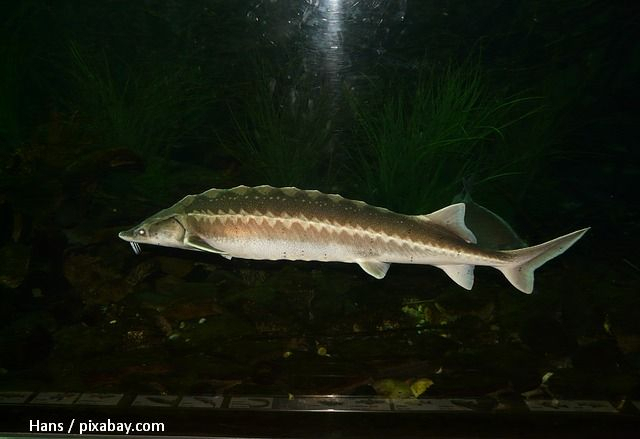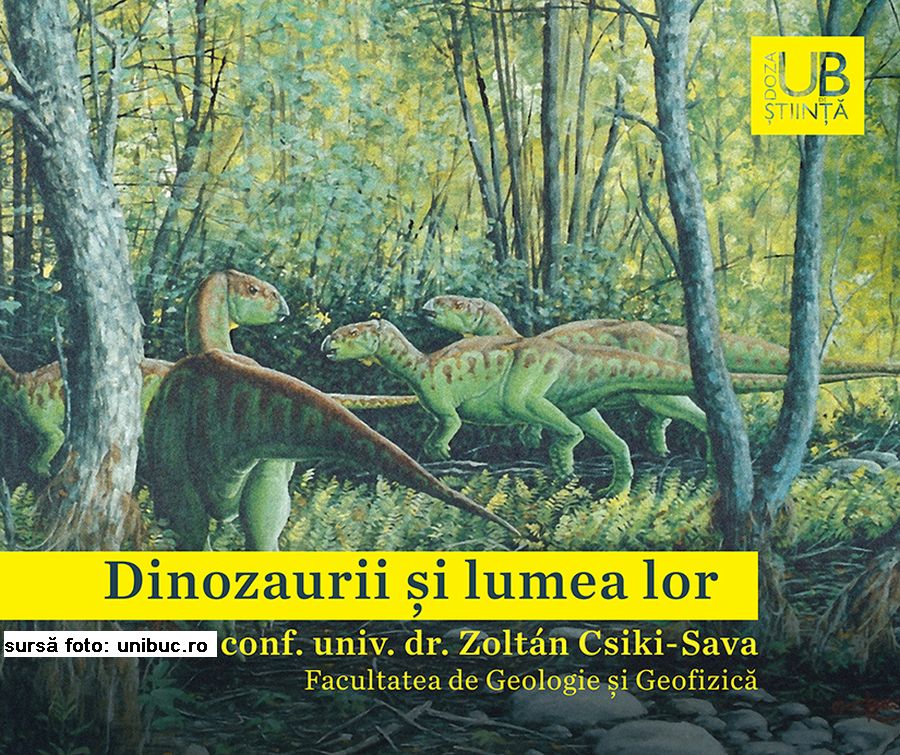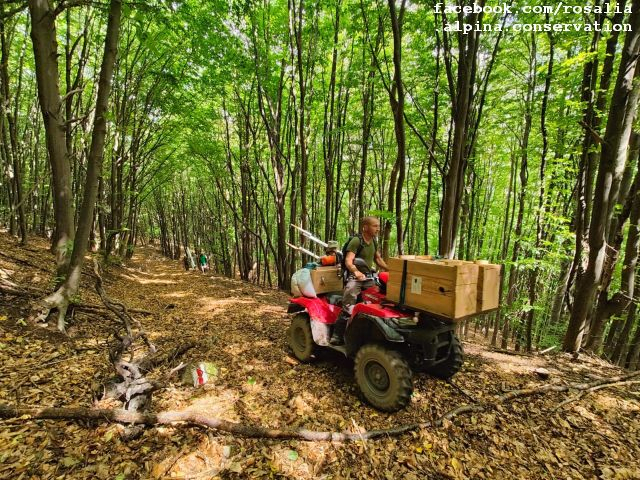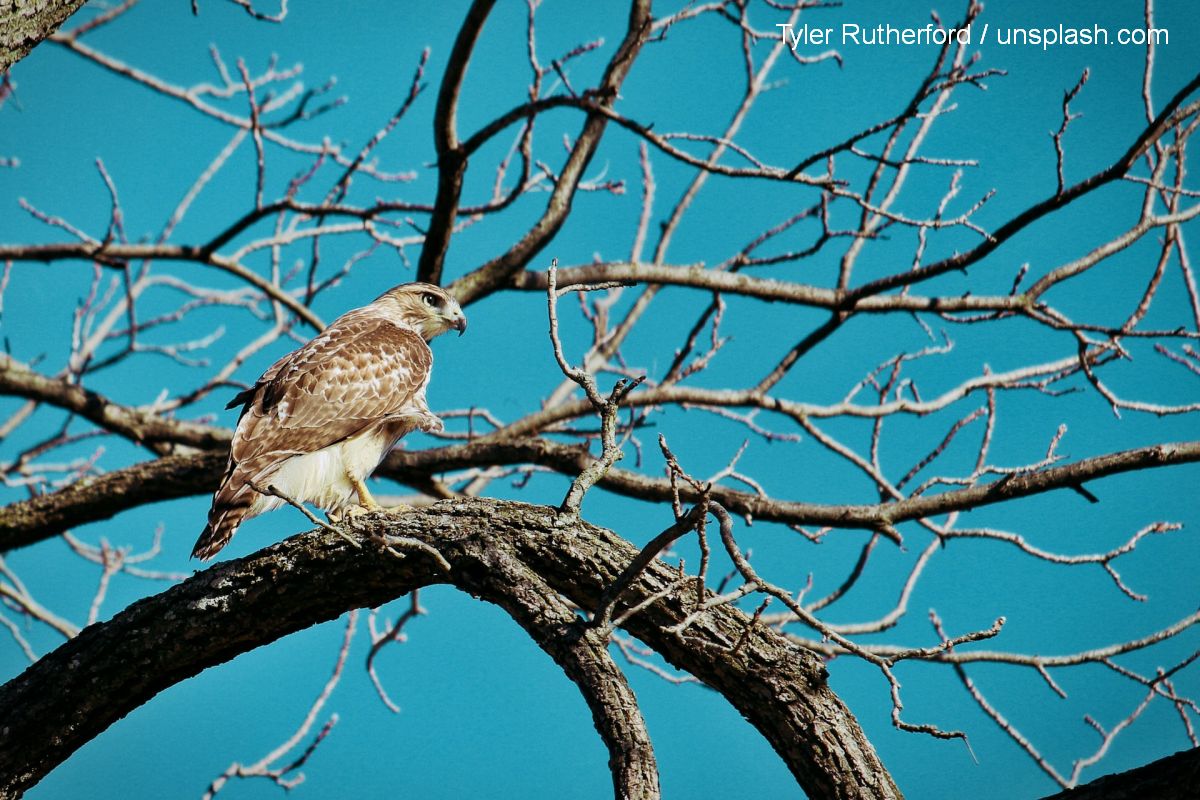Sturgeon fishing remains illegal in Romania
Sturgeon fishing in Romanian waters remains banned

Eugen Coroianu, 30.04.2021, 13:55
Sturgeon fishing in Romanian waters remains banned, after the environment minister Barna Tanczos signed an order to this effect recently. He explained that the studies conducted by ministry experts indicate that sturgeon species are still threatened by poaching, and strict long-term measures are needed.
In fact, a decline in sturgeon numbers has been reported worldwide, prompting international organisations to include this species, in 1998, in Schedules I and lI of the Convention on International Trade in Endangered Species of Wild Fauna and Flora. Romania joined these efforts in 2006, when it first introduced a ban on sturgeon fishing.
A survey run by the World Wild Fund regarding the trade in sturgeon products reached a disquieting conclusion: nearly one-third of the products checked were illegal. The survey was conducted between 2016 and 2020 and provides the first ever proofs of the scope of poaching and of the illegal trade in caviar and sturgeon caught in the wild, in the lower Danube region, especially in Bulgaria, Romania, Serbia and Ukraine.
During this period, the authorities in these countries reported 214 cases of poaching (82 in Romania). The lower Danube is one of the last places in the world where sturgeon species—rated as the most endangered animal group in the world—still survive and spawn.
“There are few market surveys on sturgeon trade, and so far this is the only one to combine two state-of-the-art methods to identify illegal trade, says Arne Ludwig, a genetics expert with the Wildlife Institute in Leibniz, co-author of the report. The tests covered the entire market chain and included the various types of agents, from shops and supermarkets to restaurants and bars, from local farmers markets to fisheries, intermediaries, fishermen and online suppliers. All samples were subject to DNA and isotope tests, which proved that products from wild sturgeons were sold in all the 4 countries.
This study proves how serious the impact of poaching is on the last surviving sturgeons, and how crucial our battle to rescue them is, says Cristina Munteanu, WWF-Romania project manager. She also told us about possible solutions:
Cristina Munteanu: The solution is not simple, it must be an integrated solution, in the sense that apart from a complete and indefinite ban on sturgeon fishing, which is clearly a good measure, much more inspections must be conducted, not only regarding the fishing, but also the product market, to find out exactly what happens there. And, possibly, tests should be run to establish whether a product is wild sturgeon or is legal, from a sturgeon farm. Apart from all these, the authorities should also work with fishermen communities, which we have done in a Life project. The authorities should communicate more with them and work with them to find alternatives for fishing. And we should also monitor the sturgeon populations to know exactly where we stand, and, obviously, cooperation between all these stakeholders is vital.
The Black Sea region is crucial for the survival of this species in Europe. The Danube and Rioni in Georgia are the only 2 rivers in Europe where sturgeons migrate and spawn. The main reasons for the decline in their population are excessive fishing and the destruction of their natural habitat because of dams that block migration routes or of works facilitating navigation.
In the EU, the Danube remains the only river where sturgeons spawn. The river Po, in Italy, and Gironde estuary in France are home to important sturgeon populations, but these no longer spawn naturally. Repopulation projects are underway in Bulgaria, Hungary, Romania, France, Germany, Poland, Austria and the Netherlands. Sturgeons and other migrating fish species are a historical, economic and natural treasure of the Danube, and Cristina Munteanu tells us why they are important:
Cristina Munteanu: First of all they are a species that outlived the dinosaurs, which means they are 200 million years old. Secondly, they are indicative of the health of the river system where they live, particularly of the fact that the system has unobstructed water flow. And not least, they are important for economic reasons, because they are big fish and if trade were once again legal, the revenues this would secure would be considerable and would ensure the wellbeing of human communities. But we need to wait quite a lot for this to happen, and we need to join efforts to save the sturgeons. (tr. A.M. Popescu)






























